
Why Do Cats Like Catnip?
Why Do Cats Like Catnip?
Introduction
Have you ever seen your cat go wild over catnip? This aromatic herb is a favorite among felines. Their amusing antics when interacting with it are captivating. Let’s uncover the science behind why cats adore catnip so much.
For those who enjoy spoiling their feline friends, consider getting some 100% Pure Organic Catnip. It’s like cat candy! Just sprinkle it around, and watch your cat transform into a playful tornado.
Summary and Overview
Catnip, scientifically known as Nepeta cataria, belongs to the mint family. This herb is common in North America and parts of Europe. Cats are drawn to catnip primarily due to a compound called nepetalactone. When cats smell this oil, it activates receptors in their brains, mimicking pheromones. This reaction leads to playful behaviors such as rolling, rubbing, and vocalizations. Interestingly, approximately 50% to 75% of cats respond to catnip, with sensitivity often linked to genetics. In this article, we will explore the reasons behind this intriguing phenomenon and its implications for your cat’s health and behavior.
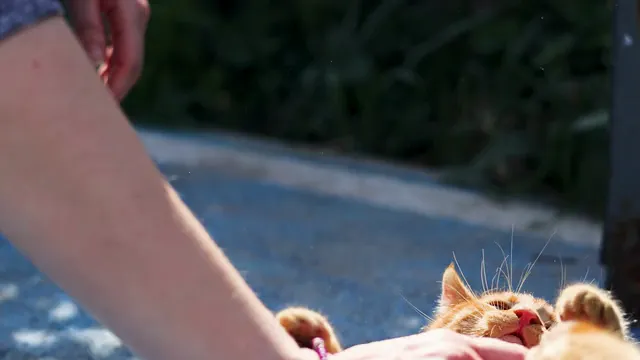
Speaking of playfulness, if your cat loves to scratch, why not provide them with a cozy spot? Check out the PetFusion Ultimate Cat Scratcher Lounge. It’s the perfect blend of scratcher and lounge, ensuring your cat has a designated place to unleash their inner lion!
I. Understanding Catnip
What is Catnip?
Catnip, or Nepeta cataria, is a herb that belongs to the mint family. It grows abundantly in various regions, reaching heights of up to three feet. The plant features heart-shaped leaves and produces delicate lavender flowers. Catnip is not just a playful attraction for cats; it also serves practical purposes for humans. Beyond enticing our feline friends, catnip can repel pests like mosquitoes and is used in herbal remedies. This versatile plant is found widely, making it a common addition to gardens and homes. If you’re interested, consider growing catnip for your cat’s enjoyment and your own botanical delight.
If you want to take your catnip experience to the next level, why not try Catnip Plant Seeds? Imagine plucking fresh catnip right from your garden for your furry friend. It’s the gift that keeps on giving!
The Active Compound: Nepetalactone
The magic of catnip lies in its active ingredient, nepetalactone. This compound releases when cats sniff or chew the leaves. It directly affects certain receptors in their noses, triggering a euphoric response. This reaction is similar to the way certain pheromones influence feline behavior. When exposed to nepetalactone, cats may exhibit playful behaviors such as rolling, jumping, and even drooling. Interestingly, while sniffing catnip can lead to hyperactivity, consuming it often results in a calming effect. Each cat’s reaction varies, so experimenting with different forms of catnip can be delightful. You might just find your cat’s favorite way to enjoy this herb!
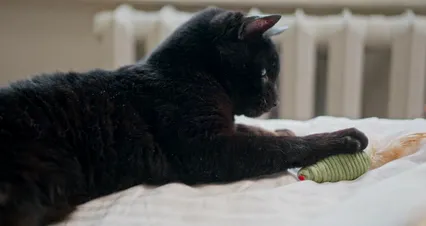
For those particularly picky cats, try the Assorted Catnip Filled Toys. These toys can provide endless entertainment and are sure to get your cat engaged in playtime!
II. The Catnip Response
Behavioral Effects of Catnip
When cats encounter catnip, they often exhibit a delightful range of behaviors. Rolling around, rubbing against objects, and vocalizing are common reactions. Some cats may even leap and pounce as if they’re playing with an invisible friend. These lively antics can be quite entertaining to watch!
The effects of catnip usually last about 10 to 15 minutes. After this euphoric burst, cats typically need a recovery period of around 30 minutes before they can respond again. Interestingly, studies suggest that approximately 50% to 75% of cats are affected by catnip, with each cat displaying unique behaviors during their catnip moments. Take a moment to observe your cat the next time you introduce them to catnip; you might be surprised by their playful reactions!

To keep the fun going, consider investing in a KONG Catnip Cat Toy. Its unique design and catnip infusion will keep your kitty entertained for hours!
The Science Behind the Euphoria
The magic of catnip largely comes from the compound nepetalactone. When cats inhale this oil, it activates specific receptors in their noses. This process stimulates neurons that send signals to the brain, mimicking the effects of natural pheromones.
Research shows that catnip primarily affects the amygdala and hypothalamus in a cat’s brain. The amygdala processes emotions, while the hypothalamus regulates behaviors like predation and stress responses. As a result, cats may display hyperactive behaviors, including jumping, rolling, and playful antics. Interestingly, when cats consume catnip, it often has a calming effect instead.
In studies, the brain activity of cats exposed to catnip shows increased stimulation in these areas. This explains why some cats may act frisky while others become more relaxed. If you’re curious to learn more about how catnip affects your feline friend, consult veterinary resources for deeper insights. Understanding the science can enhance your bond with your pet!
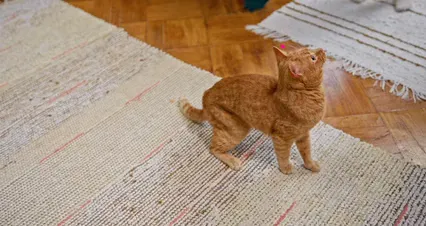
IV. Benefits and Risks of Catnip
Benefits of Catnip for Cats
Catnip offers several positive effects for our feline friends. First, it provides excellent mental stimulation. When cats engage with catnip, they often exhibit playful behaviors, which can lead to more exercise. This physical activity is vital, especially for indoor cats, helping to keep them fit and healthy.
Moreover, catnip can serve as a stress reliever. Many cats find comfort in interacting with this herb, alleviating anxiety and promoting relaxation. You might be surprised to learn that catnip can also be a useful training tool. For instance, if your cat tends to scratch furniture, you can sprinkle catnip on a scratching post to encourage them to use it instead. By incorporating catnip into interactive playtime, you create enriching experiences for your pet.
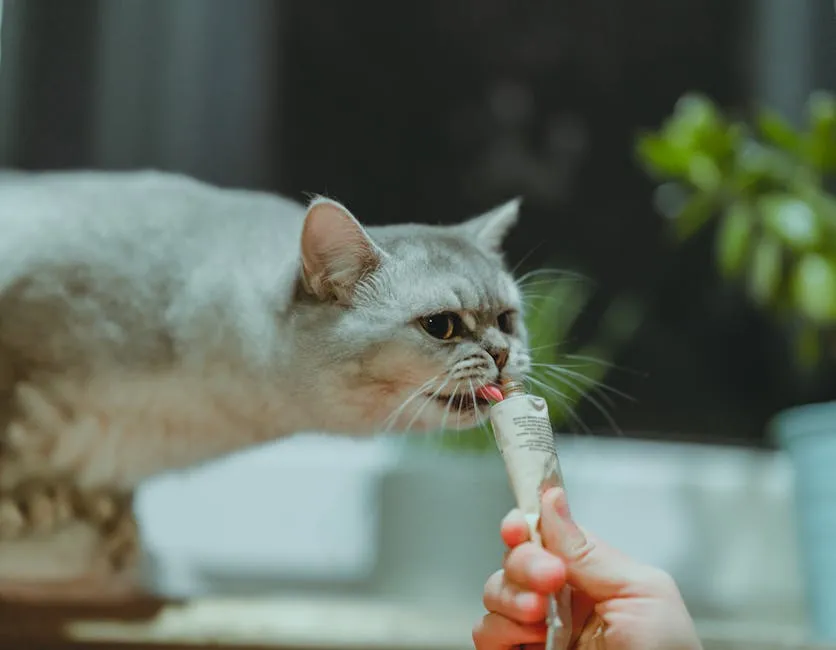
For those moments when your cat needs a little extra comfort, consider SmartyKat Catnip Spray. Just a few spritzes can transform any toy or surface into a catnip paradise!
Understanding how catnip can serve as a stress reliever is essential for enhancing your cat’s well-being. why is understanding emotional triggers important for stress relief
Potential Risks and Considerations
While catnip is generally safe, there are some risks to consider. Overconsumption can lead to gastrointestinal issues, such as an upset stomach, vomiting, or diarrhea. It’s essential to monitor your cat during play. Signs of overconsumption can include lethargy or unusual behavior.
To ensure safe use, introduce catnip gradually. Start with small amounts and observe your cat’s reactions. If you notice any adverse effects, reduce the dosage. Always provide catnip in moderation to maintain its effectiveness and keep your cat safe. Overall, by using catnip responsibly, you can enhance your cat’s playtime while minimizing any potential risks.
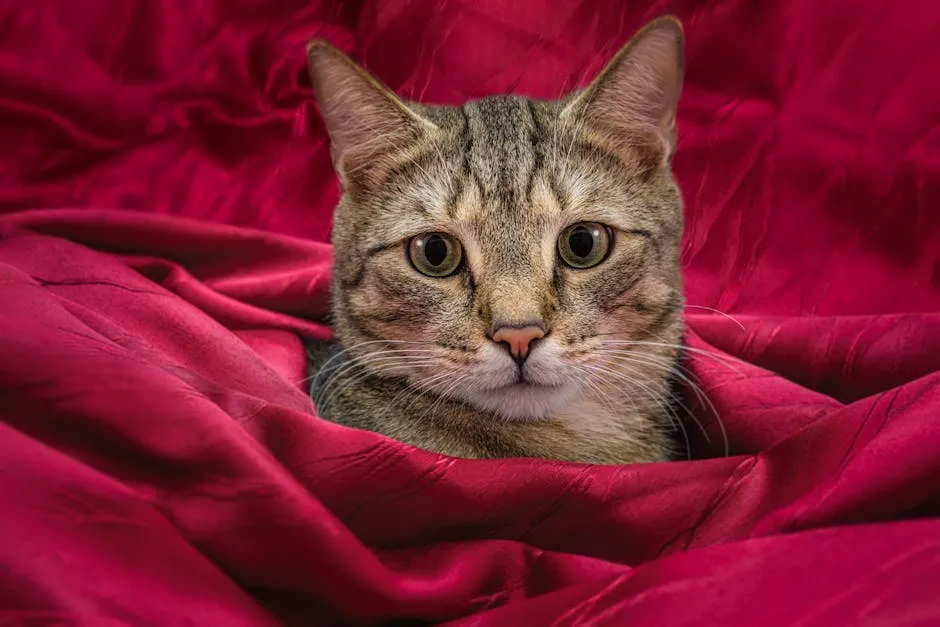
If you’re looking for a safe and easy way to dispose of your cat’s litter, check out the PetSafe ScoopFree Ultra Self-Cleaning Cat Litter Box. It’ll save you time and keep your home smelling fresh!
FAQs
Can all cats enjoy catnip?
Not all cats respond to catnip. Genetic predisposition plays a significant role. Approximately 50% to 80% of cats exhibit sensitivity to nepetalactone. Kittens, under six months, are less likely to react, while older cats may also show diminished responses.
How long do the effects of catnip last?
The effects of catnip typically last around 10 to 15 minutes. After this period, cats usually need about 30 minutes to an hour before they can react to catnip again. This recovery time varies between individual cats.
Is it safe for kittens to have catnip?
Kittens can safely have catnip, but they generally do not respond until they are between 3 to 6 months old. Introducing catnip too early may not yield any noticeable reactions, so patience is essential.
Can cats overdose on catnip?
Cats cannot overdose on catnip, as it is non-toxic. However, excessive consumption may lead to mild gastrointestinal upset, including vomiting or diarrhea. Monitoring their intake helps ensure safe use.
What are some fun ways to introduce catnip to my cat?
To introduce catnip effectively, consider using catnip-filled toys, sprinkling loose catnip on scratching posts, or using catnip sprays on their favorite areas. You can also use it during playtime to encourage interaction and excitement.
VI. Conclusion
In summary, cats’ affinity for catnip stems from the compound nepetalactone. This herb triggers playful and euphoric behaviors in many felines, making interactions entertaining. Understanding catnip’s effects can enhance your bond with your cat, promoting mental stimulation and joy.
It’s essential to use catnip responsibly. While it’s generally safe, moderation is key to preventing any digestive upset. By offering catnip thoughtfully, you can ensure your furry friend enjoys the delightful experience without any drawbacks.

For those looking to indulge their cats even further, consider Catnip-infused Cat Treats. They’re a tasty way to reward your pet while keeping them engaged!
Please let us know what you think about our content by leaving a comment down below!
Thank you for reading till here 🙂
All images from Pexels




